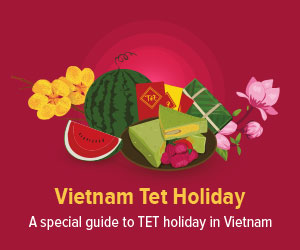Vietnamese Cakes - A Closer Look At Vietnam's Most Varied Food
Vietnamese cuisine culture encompasses an immense variety of cakes with different styles and flavors. While all kinds of cakes, pies, savory pastries, crepes, and bread are referred to as “Banh” in Vietnamese, a direct translation does not fully capture the extraordinary diversity of this unique Vietnamese food item.
Interestingly, the names of these cakes are often derived from their ingredients, shapes, meanings, origins, or even methods of preparation. It would take considerable time to list all varieties of Vietnamese “Banh,” so this article aims to provide a brief yet thorough overview of the delicious range of Vietnamese cakes.
Vietnamese cakes serve various purposes
Unlike in Western countries, where cake is primarily served as dessert, Vietnamese cakes are often considered main dishes, especially for breakfast (see the top breakfast foods in Vietnam). A notable example is the Vietnamese baguette (Banh Mi), a beloved food item among all Vietnamese people, from youngsters to the elderly, and from students to office workers. Considered one of the quickest and most affordable options to alleviate hunger, this distinctive Banh Mi is crusty yet hollow, often kept warm when served. The fillings are customizable, ranging from roasted meat and pâté to omelets and peanut butter.
Another popular breakfast dish featuring Vietnamese cakes is rice crepes (Banh Cuon), a specialty from Northern Vietnam. One of the most famous variations, known as Banh Cuon Thanh Tri, can be found in Hanoi. This dish consists of a thin, delicate sheet of steamed rice filled and rolled with minced pork and mushrooms, served alongside Vietnamese Pork sausage (Cha lua), fried onions, bean sprouts, and a delicate fish sauce.
 Photo: beptruong.edu.vn - rice crepe cake
Photo: beptruong.edu.vn - rice crepe cake
On the other hand, the green bean cake (Banh Dau Xanh) is typically enjoyed as a snack, similar to tea biscuits, when drinking tea. The sweet flavor of the cake pairs perfectly with lotus tea, creating a warm atmosphere that fosters closeness among people. To emphasize the uniqueness of different Banhs, Banh Dau Xanh is made solely from sugar and mung bean powder—akin to the preparation of macarons elsewhere in the world!
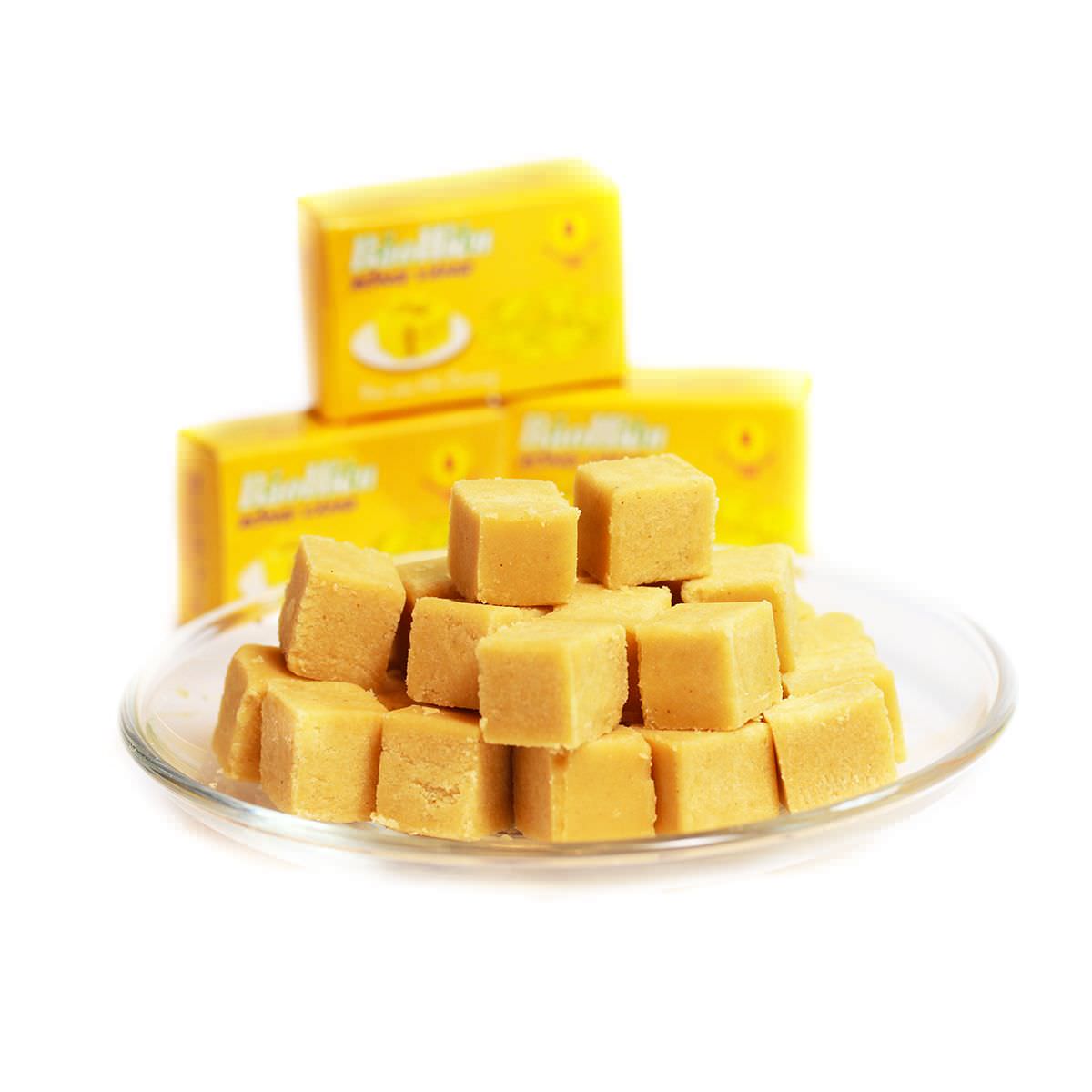 Photo: blog.beemart.vn
Photo: blog.beemart.vn
These dishes showcase the essential characteristics of Vietnamese traditional cuisine, demonstrating the versatile role of Vietnamese cakes (Banh) in everyday life. They are not just snacks or desserts but also significant components of main meals.
Vietnamese cakes carry cultural meanings
Vietnamese cakes are not merely culinary delights; they are also deeply embedded in the culture and spirit of the nation. Two of the most popular cakes during Tet Holiday are Banh Chung (Chung Cake or Square Rice Cake) and Banh Day (Day Cake), symbolizing the Sky and the Earth, respectively. Banh Chung, made from glutinous rice, green beans, pork, and other ingredients, has a square shape and is wrapped in Dong leaves. On the other hand, Banh Day, made from glutinous rice, has a round shape with a simpler recipe. Dating back to the Hong Bang dynasty, these two integral elements of the Vietnamese ancestral altar embody the essence of the Lunar New Year, honoring ancestors and the homeland while expressing gratitude and hope for a prosperous new year.
Another significant cake is Banh Phu The (or Xu Xe), known as Conjugal cake. This cake is composed of tapioca flour, pandan, green beans, coconut, and other ingredients, leading to a jelly-like texture. It features a transparent outer layer that reveals a yellow filling inside and is presented in two square boxes. Often appearing at weddings, this cake symbolizes a solid and enduring marriage, representing the promises exchanged between bride and groom.
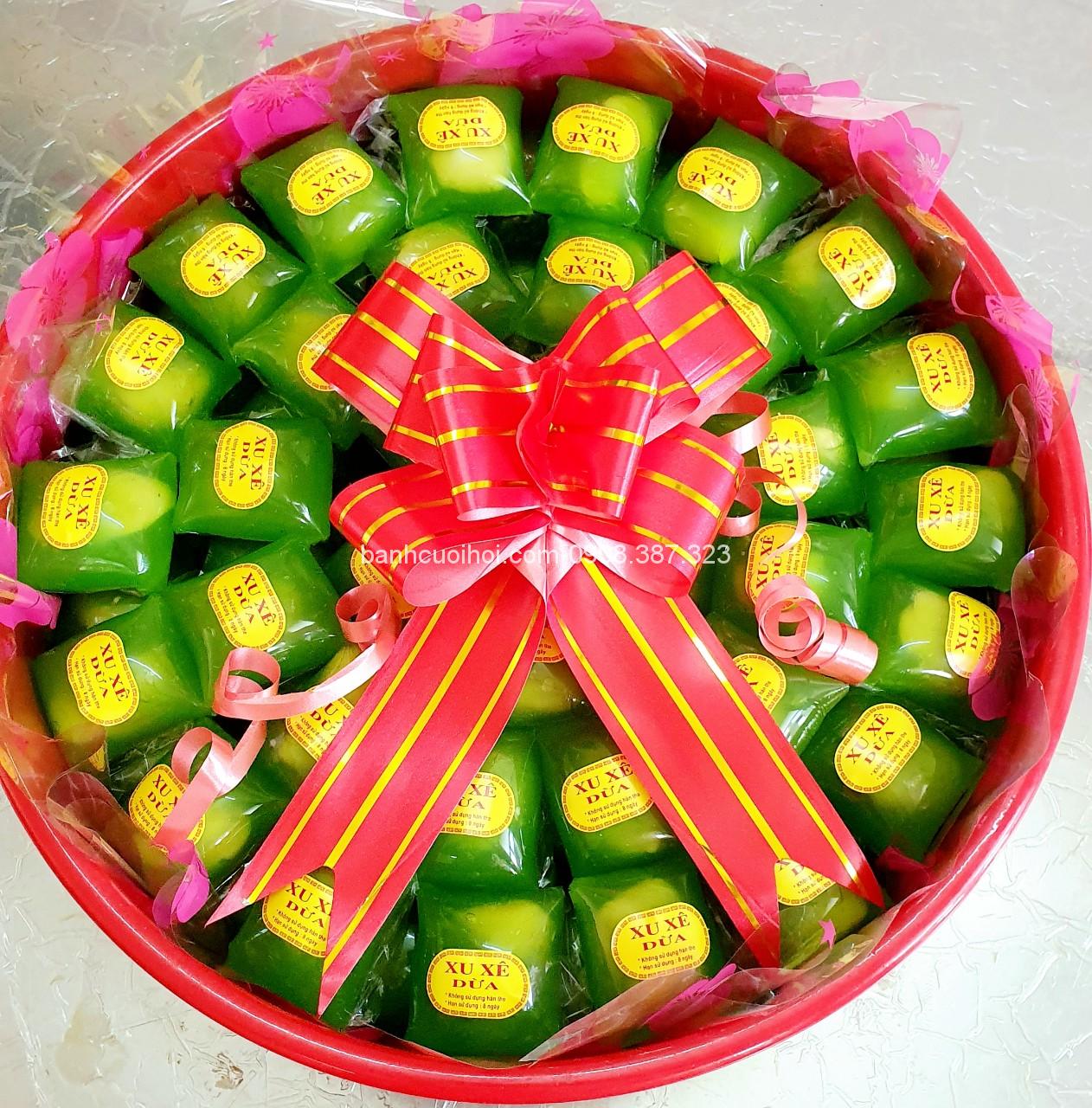 Photo: banhcuoihoi.com
Photo: banhcuoihoi.com
Vietnamese cakes vary by region
Due to Vietnam's diverse geography and culture, each region boasts its own unique and special cakes. In Northern Vietnam, Hanoi is known for Banh Khuc (Khuc Cake), while Soc Trang Province in the South is famous for Banh Pia (Pia Cake). Banh Khuc is a rice ball made from glutinous rice and cudweed, stuffed with pork and green beans, and cherished by many Hanoians. Meanwhile, Banh Pia, a well-known pie of Soc Trang, is crafted from wheat flour, durian, and egg yolk. One distinctive feature of this round pie is its many layered crust made of wheat flour.
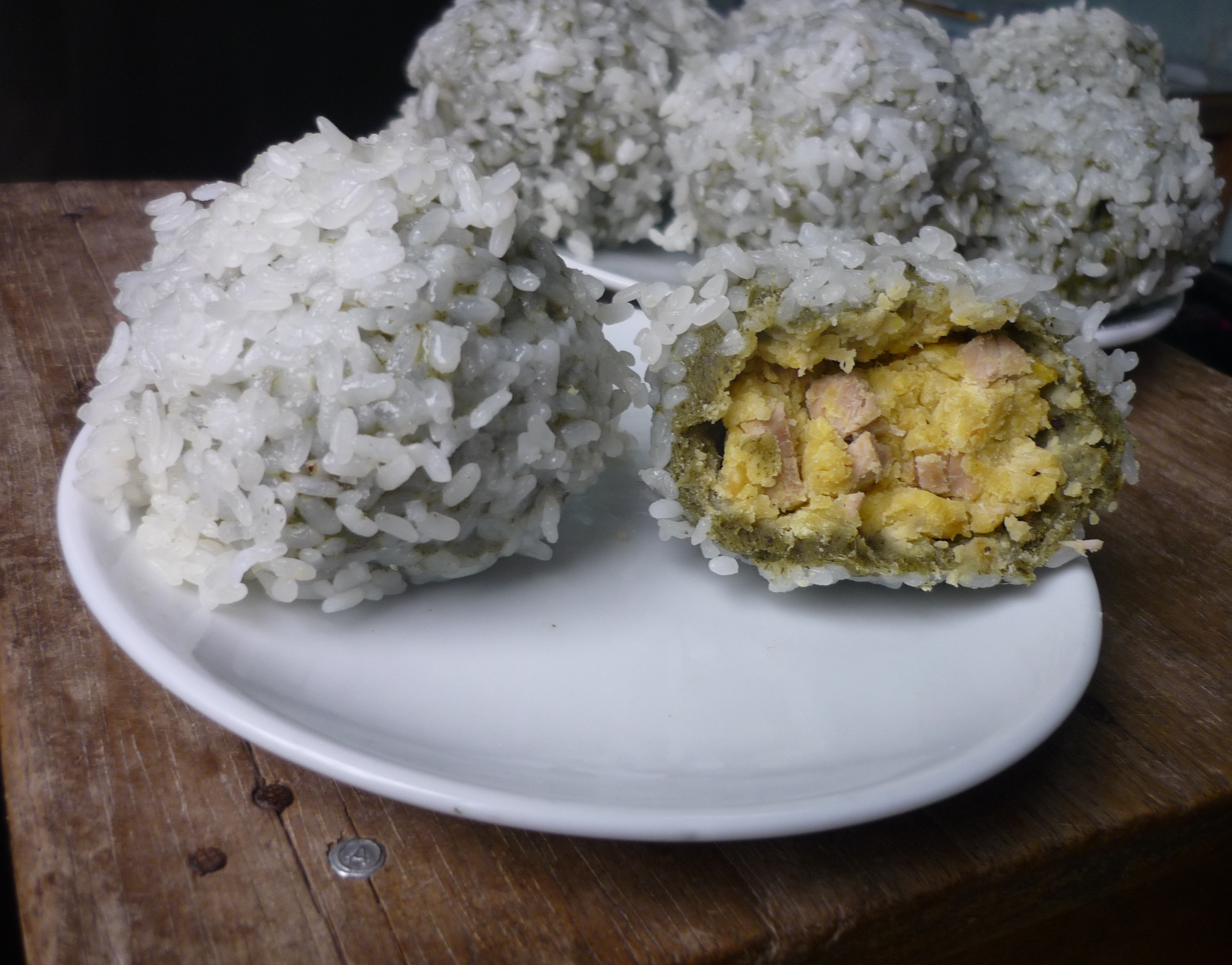 Photo: vi.wikipedia.org - banh khuc
Photo: vi.wikipedia.org - banh khuc
Moving to Central Vietnam, we discover the Hoi An white rose cake (Banh Vac), named for its beautiful and fragrant rose shape. This dumpling, made from rice and filled with minced shrimp and spices, is labor-intensive to prepare and is served with a shrimp broth sauce, chili, and lemon.
Vietnamese cakes feature diverse flavors
The vast array of Vietnamese cakes presents a true feast for the eyes and palate. Across regions and cities, Banh Vietnam can be found in both sweet and savory varieties. Among the sweet cakes is green sticky rice cake (Banh Com), created from young green sticky rice (Banh Com) and green beans. This delightful cake is cherished as a gift from Hanoi, with Vong village recognized as the most famous producer of Banh Com.
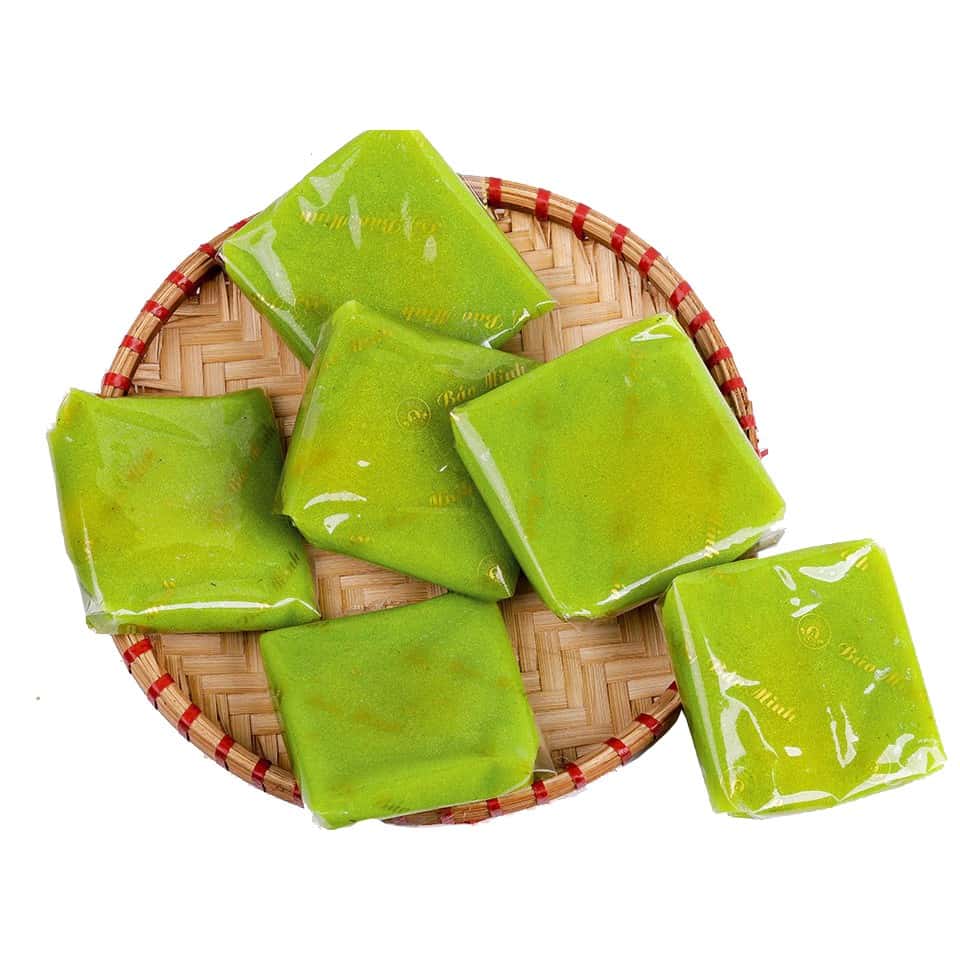 Photo: anhtuankhang.vn - banh com
Photo: anhtuankhang.vn - banh com
Additionally, it would be remiss not to include the traditional Banh Hue, which encompasses Banh Beo, Banh Nam, and Banh Loc, among the savory cakes. These cakes are crafted from rice flour (with Banh Loc being tougher in texture), and filled with shrimp, pork, and spices. They are commonly served with a fish sauce made from chili and garlic, showcasing the famed Hue traditional cuisine that has won over food enthusiasts not just in Vietnam but internationally as well.
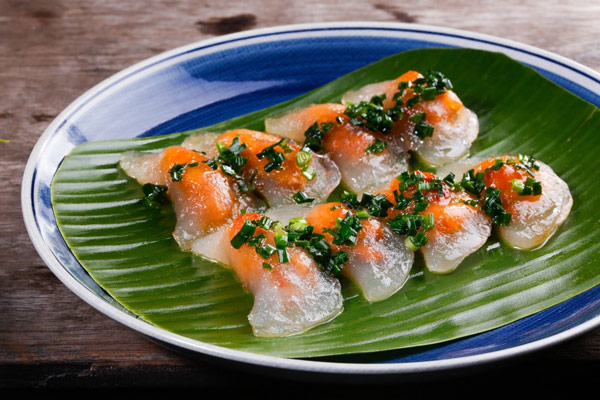 Photo: beptruong.edu.com - banh loc
Photo: beptruong.edu.com - banh loc
Vietnamese cakes come in diverse versions
The diversity of Vietnamese cakes extends to the various versions of a single type. Take Banh It (Little Cake) as an example. Banh It La Gai is a specialty of Binh Dinh Province, made from sticky rice, green beans, and a unique ingredient called “La Gai” (Thorn Leaf), all wrapped in banana leaves. This sweet cake resembles a black ball, encasing a yellow filling. Another version, Banh It Tom Thit (Little Cake with Pork and Shrimp), hails from Hue and is made of sticky rice filled with minced pork and shrimp, typically served with fish sauce.
A further example can be seen in Banh Xeo (Vietnamese Crepes) and Banh Khoai (Khoai Cake). Banh Xeo is popular in southern cities and Quang Binh, while Banh Khoai is a specialty of Hue City. Both types of cakes appear similar to crepes, made with rice flour, and are filled with pork, shrimp, bean sprouts, and other ingredients. They are served alongside fish sauce and fresh vegetables, although the Hue Pancake tends to be smaller and thicker than Banh Xeo.
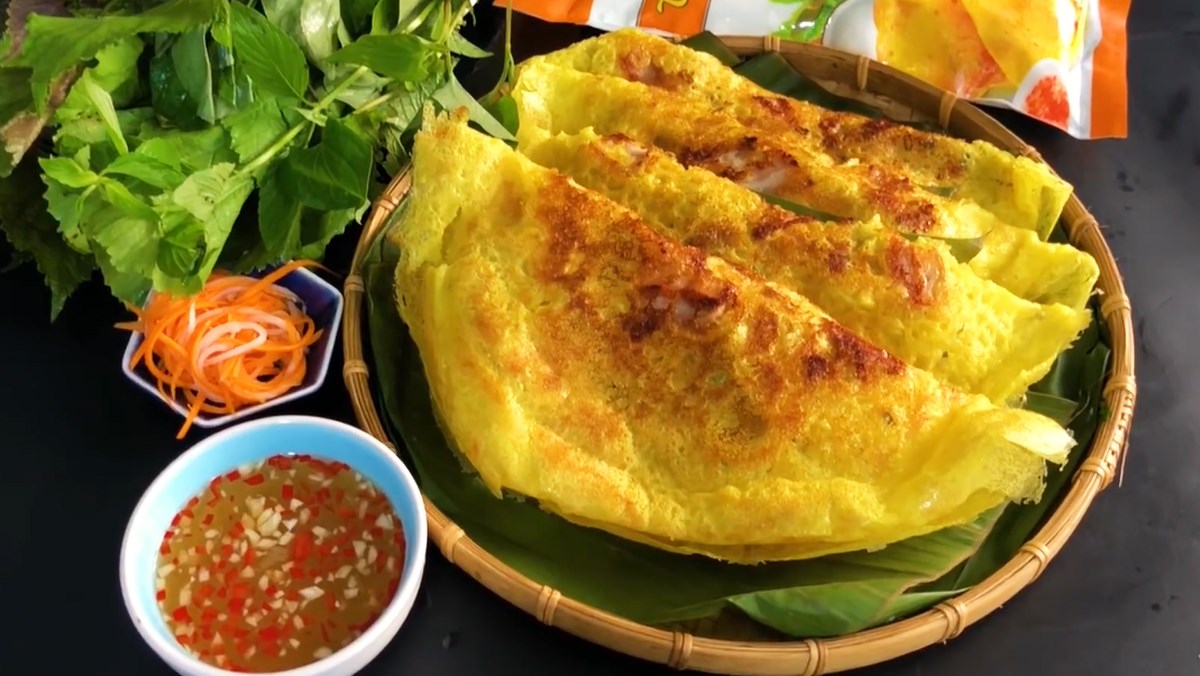 Photo: dienmayxanh.com - xeo cake
Photo: dienmayxanh.com - xeo cake
This overview merely scratches the surface of the versatility and diversity of Vietnamese cakes, which vary significantly even between cities in the same region.
There are countless more cakes to discover and even more dishes to explore. When traveling in Vietnam, don't miss the opportunity to immerse yourself in the rich world of Vietnamese cakes. Each cake offers a unique taste that stays with you forever!
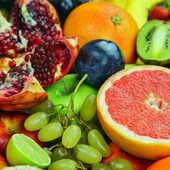
Vietnamese Fruits - An Overview
Being geographically located in the tropical zone, Vietnam is truly a heaven when it comes to fruits.
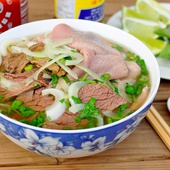
Vietnamese Noodles - An Overview
An introduction to Vietnamese noodles.
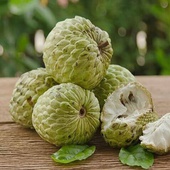
Sugar-apple
Sugar-apple is among the most nutritious fruits in Vietnam. Originated from the American tropical area, sugar-apple tree is now popularly planted in many countries including Viet Nam.



